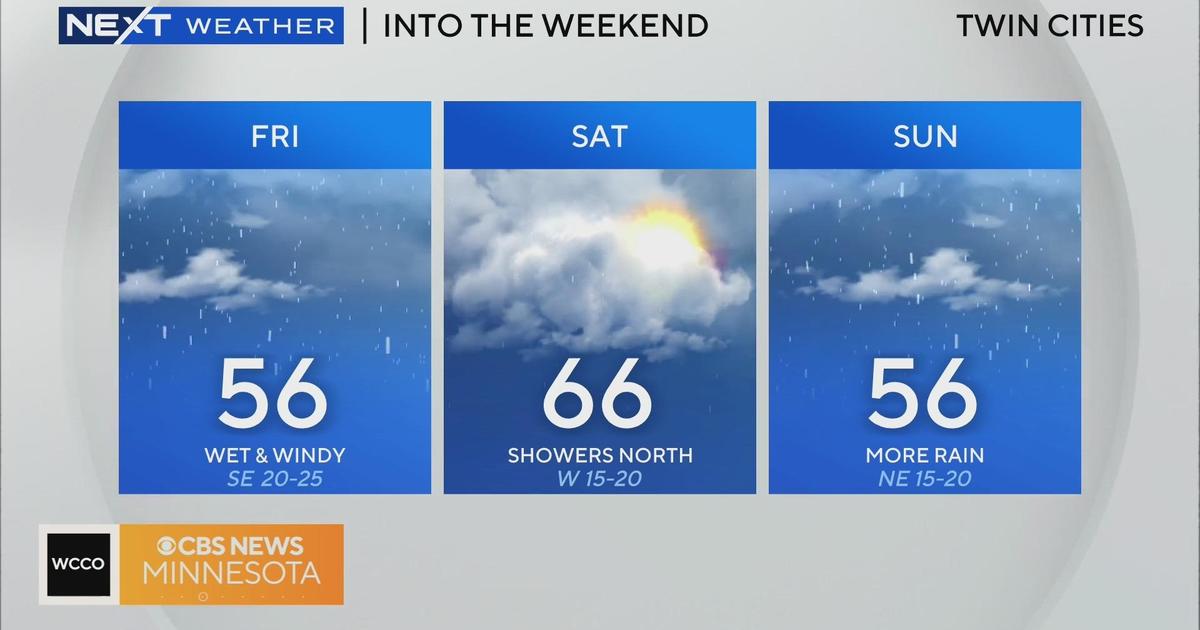How Seriously Should You Take The Farmer's Almanac Forecast?
MINNEAPOLIS (WCCO) – As the story goes, in 1815, Old Farmer's Almanac founding editor, Robert B. Thomas, was interrupted by a boy wondering what to put down for the weather forecast of July 13, 1816.
Supposedly, his answer was "rain, sleet and snow." In July.
Well, as it turns out, the eruption of a volcano in 1816 put so much ash into the atmosphere that that year was dubbed "the year without a summer."
So it goes, it did indeed rain, sleet and snow that July.
The forecast is alleged to have made the almanac's reputation, even though the almanac itself is skeptical of the story.
SO WHAT'S THE ALMANAC SAY ABOUT THIS WINTER?
In Minnesota and Wisconsin, the almanac is forecasting a winter that will be colder than normal, with the coldest periods in mid-December through most of January, and in early and late February.
In the snow department, almanac is predicting a split. It says snowfall will be above normal from the Twin Cities on east and below normal in the west.
The snowiest periods are forecasted to be early-to-mid- and mid-to-late December, mid-January, and early-to-mid and late-February.
SHOULD THESE PREDICTIONS BE BELIEVED? WHAT ARE THEY BASED ON?
Very few people know the "secret forecasting formula" used by the almanac. The formula is supposedly locked in a black tin box at almanac headquarters in New Hampshire.
The original editor was said to have based his forecasts on knowledge of weather patterns, solar and astronomical cycles.
Even so, there's no compelling scientific evidence that those factors play any role in making an accurate forecast.
WHAT'S SCIENCE SAY ABOUT THIS COMING WINTER?
According to the National Oceanic and Atmospheric Administration, the weather this winter will be affected by La Nina, the counterpart to El Nino.
La Nina events occur every 3 to 5 years or so, but on occasion can occur over successive years.
In Minnesota, the effects are most pronounced in winter. The Upper Midwest generally has a colder than average winter, with more snow than usual.
The La Nina of 2010-2011 was the strongest on record and contributed to record snowfall. That was the winter the Metrodome's roof collapsed.



